The Airport Cabin Baggage Scanner Market is currently characterized by a dynamic competitive landscape, driven by technological advancements and increasing security demands at airports worldwide. Key players such as Smiths Detection (GB), L3Harris Technologies (US), and Rapiscan Systems (US) are at the forefront, each adopting distinct strategies to enhance their market positioning. Smiths Detection (GB) focuses on innovation, particularly in developing advanced imaging technologies that improve threat detection capabilities. Meanwhile, L3Harris Technologies (US) emphasizes strategic partnerships and acquisitions to bolster its product offerings and expand its global reach. Rapiscan Systems (US) is actively pursuing digital transformation initiatives, integrating AI and machine learning into its scanning solutions to enhance operational efficiency and user experience. Collectively, these strategies contribute to a competitive environment that prioritizes technological superiority and operational excellence.
In terms of business tactics, companies are increasingly localizing manufacturing to reduce costs and improve supply chain resilience. This approach is particularly relevant in a moderately fragmented market where several players vie for market share. The competitive structure is influenced by the collective actions of these key players, who are not only enhancing their product lines but also optimizing their supply chains to meet the evolving demands of the aviation sector.
In August 2025, Smiths Detection (GB) announced the launch of its latest cabin baggage scanner, which incorporates cutting-edge AI algorithms to enhance threat detection accuracy. This strategic move is significant as it positions the company to meet the growing demand for advanced security solutions in airports, potentially increasing its market share and reinforcing its reputation as a leader in security technology.
In September 2025, L3Harris Technologies (US) completed the acquisition of a leading software firm specializing in airport security solutions. This acquisition is likely to enhance L3Harris's capabilities in integrating software with hardware, thereby providing a more comprehensive security solution to airport operators. Such strategic actions may enable the company to offer more sophisticated and integrated systems, appealing to a broader customer base.
In July 2025, Rapiscan Systems (US) entered into a partnership with a major airport authority to implement a new baggage screening system that utilizes machine learning for real-time threat assessment. This collaboration not only showcases Rapiscan's commitment to innovation but also highlights the growing trend of airports seeking advanced technological solutions to enhance security measures. The partnership is expected to set a benchmark for future collaborations in the industry.
As of October 2025, the competitive trends in the Airport Cabin Baggage Scanner Market are increasingly defined by digitalization, sustainability, and the integration of AI technologies. Strategic alliances are becoming more prevalent, as companies recognize the need to collaborate to stay ahead in a rapidly evolving market. Looking forward, competitive differentiation is likely to shift from traditional price-based competition to a focus on innovation, technological advancements, and supply chain reliability, as companies strive to meet the complex demands of modern airport security.


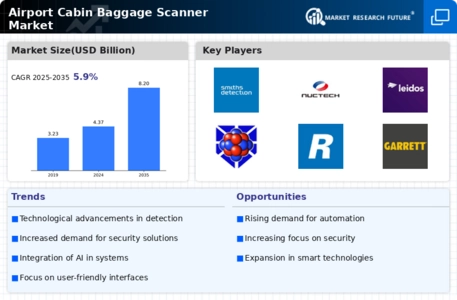
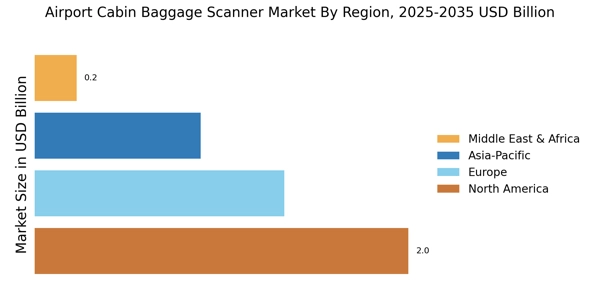
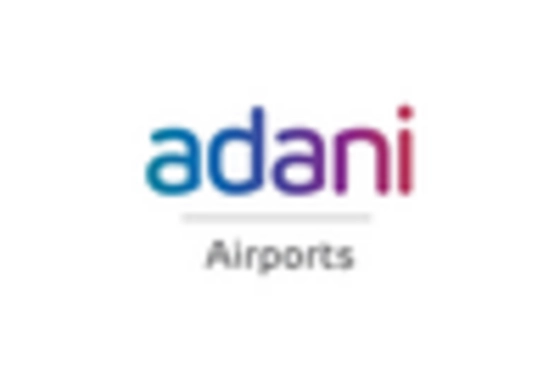
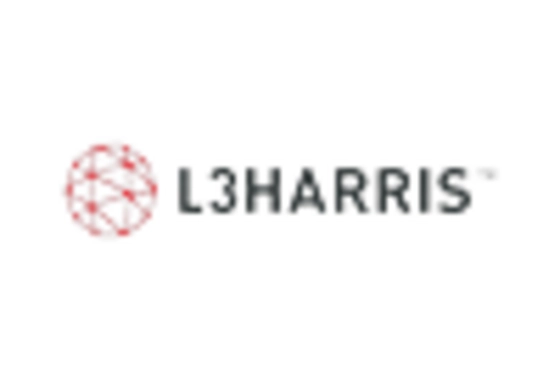
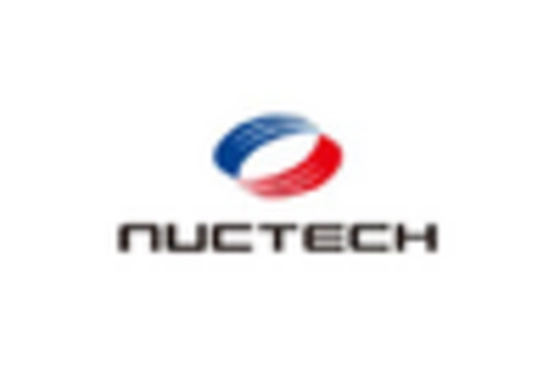
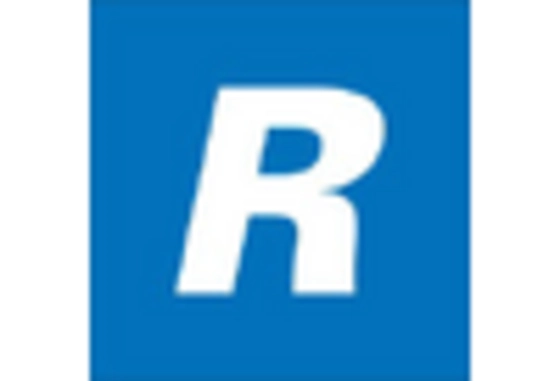
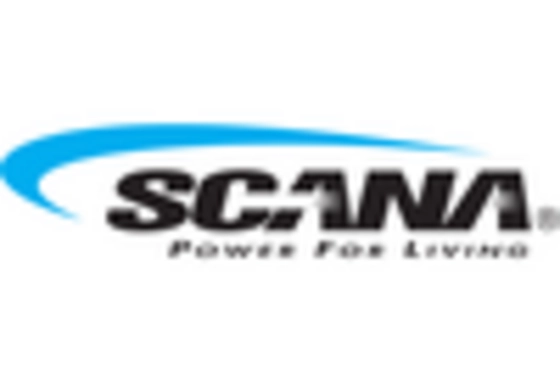
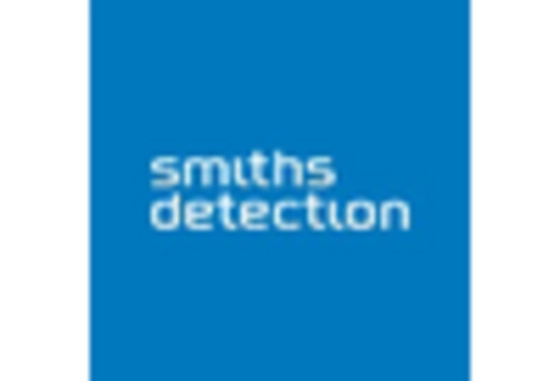








Leave a Comment